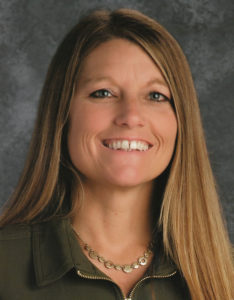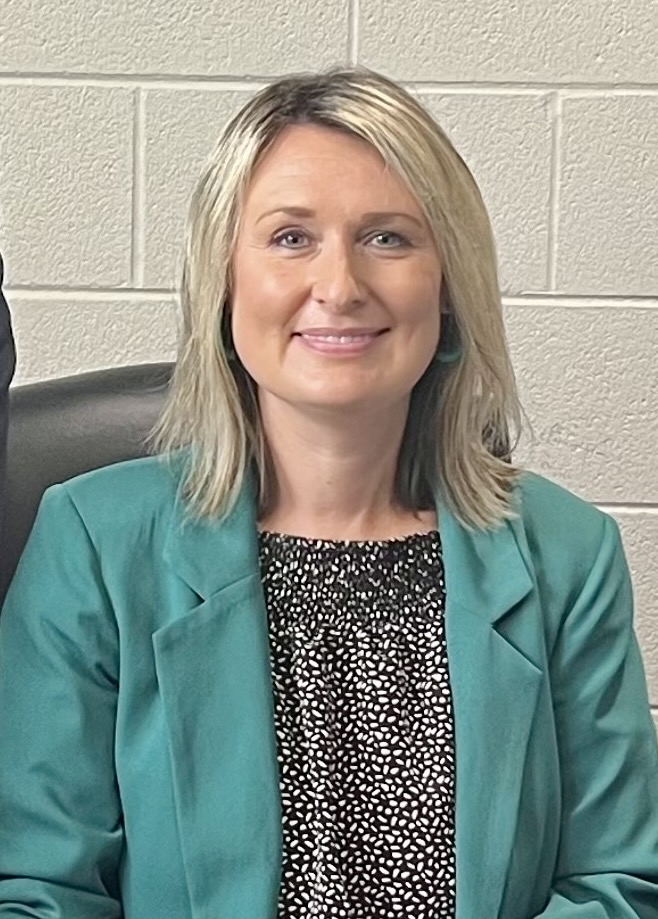
Belinda Furman
How is it going? Those four little words can be one of the best questions you ask your students each day.
As educators we are always looking for the best resources, strategies and lessons to use when teaching our students. But I can tell you one thing that we often overlook is conferring. In my classroom, I conferred with students daily on their reading, writing and math. Conferring with our students can be beneficial for many reasons and can easily become a part of your classroom routine too.
Conferring is simply having a discussion with your students to exchange ideas and gather input from them about their own learning. It can be used in reading, math, writing or with any other content area. Conferring can help build community and positive relationships with your students, as well as give you and the students insight into how they learn best.
During a conference you can offer differentiated instruction as you monitor each student’s individual growth, provide him or her with specific feedback and set goals for improvement. Conferring is also useful in helping you plan instruction for your students.
How do you confer with a student?
For an effective conferring session – or conference – start with the location. You can go to the individual student where he or she is already working. Sit beside the student one-to-one to show your attention is focused on the individual. This is a great set up for sharing books or materials. It makes for a more relaxed discussion and allows you to really listen to what the student shares.
Listening during the conference is key. You may ask the student a question to get started, but leave it very open ended. I find it best to simply ask “How is it going?” and then give him or her time to answer. As I listen, I focus on what the student is telling me and make simple notes, but at the same time I stay focused on the conversation.
I honestly don’t know the second comment or question I will ask in a conference because it is specific to what the student shared. This can make it very difficult in knowing how to continue a conference once you begin, so here is some advice “listen, think, teach, try.”
I found these words in an article by Isabel Sawyer, a regional director at the Center for the Collaborative Classroom. Sawyer said, “Listen to what the child has to say; think about what is most important to praise them for and help them with; teach them one thing that is new and give them a way to try it out.” In other words, there is no way to predict what you will say or teach in a conference because it is based on the student’s needs.
What do you teach during the conference?
Think about how you can best use the conference to meet the needs of each student. During a conference you may hear several things you want to discuss or teach the student, however, only focus on one. Decide on the one strategy or skill that will be most beneficial or effective to him or her. Maybe the student needs to practice decoding words, drawing out mathematical thinking or adding dialogue to their writing. Keeping the conference focused on one teaching moment will help the student feel focused and not overwhelmed.
How long should a conference be and how often should they occur?
A typical conference should be about 5 to 7 minutes long. I know it doesn’t seem like much time, but those few minutes can have great rewards. Keep in mind that you won’t be able to sit down with every student every day. With planning, however, you can reach many students each day and throughout the week.
I kept a list of my students and recorded who I had conferred with and when. Each day I would have a goal of reaching out to three to four students; sometimes I would get in more and sometimes less. But for those I was able to reach, the time was well spent.
How do you keep documentation during conferences?
You can use a binder, notebook, clipboard or even technology. Just make sure that you have a place where you can record each student’s conference notes. I used a binder for each subject that was divided by the students in my class. Each section had several sheets for me to record the student’s progress, my teaching and the goal or next steps.
In reading, I carried the binder with me from student to student. However, in math I found it more useful to carry a clipboard with a single sheet for the whole class and a few sheets for individual students. On the whole class sheet I could record notes about each student and where they were in the lesson. On the other sheets, I could record specific notes about each pair of students who were working together that I conferred with too. The key is to do what works for you and your students.
So, how is it going? Has your interest in conferring been piqued?
Even if you aren’t able to commit the time for conferring with students every day, try giving it some time each week. The more you are willing to try, the easier it will get. Remember that those four little words – how is it going – can help you get to your ultimate goal of improved student learning.
Belinda Furman is beginning her first year as the curriculum specialist at Mason-Corinth Elementary School (Grant County). She is in her 18th year at Grant County Schools. She taught last year at Sherman Elementary as a 2nd-grade teacher and her first 16 years at Dry Ridge Elementary. Furman earned her bachelor’s degree from Northern Kentucky University, her master’s degree in instructional leadership from Eastern Kentucky University and achieved her Rank 1 through National Board certification. She is the 2018 Kentucky Elementary Teacher of the Year.



Leave A Comment